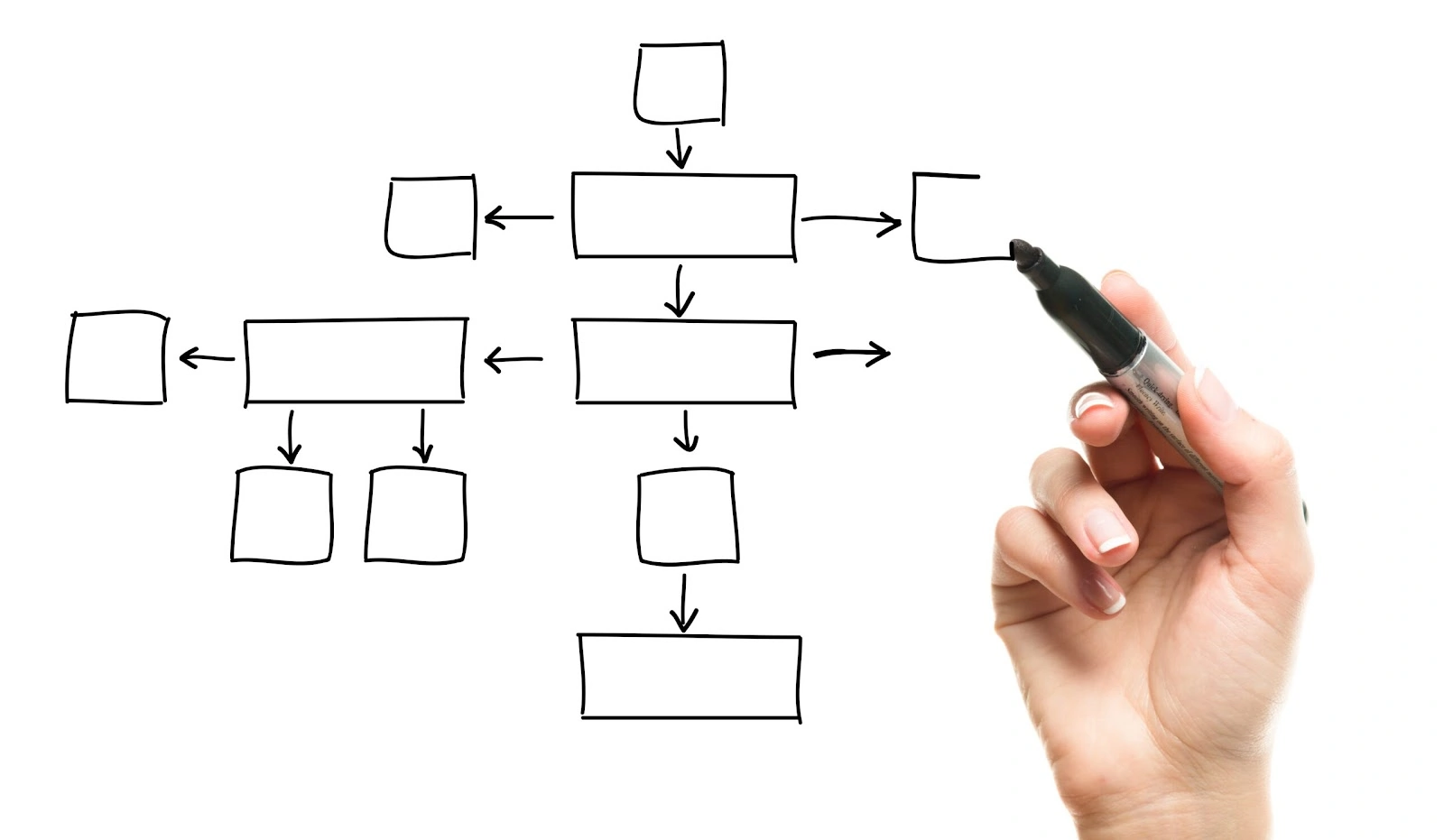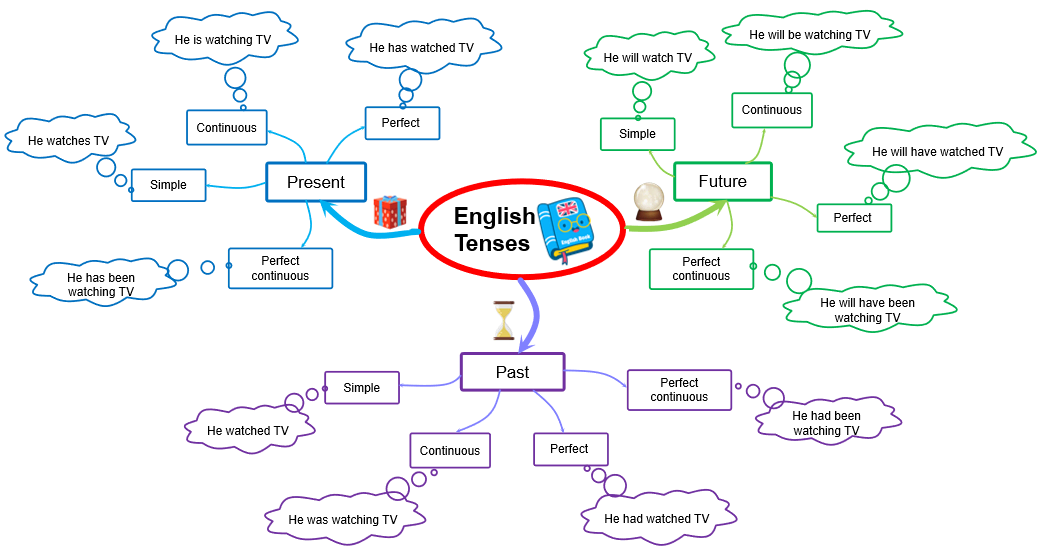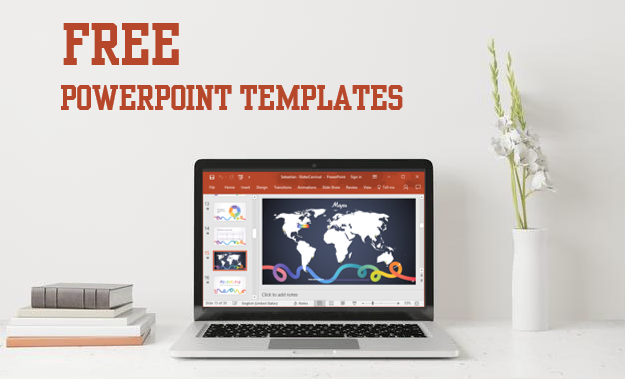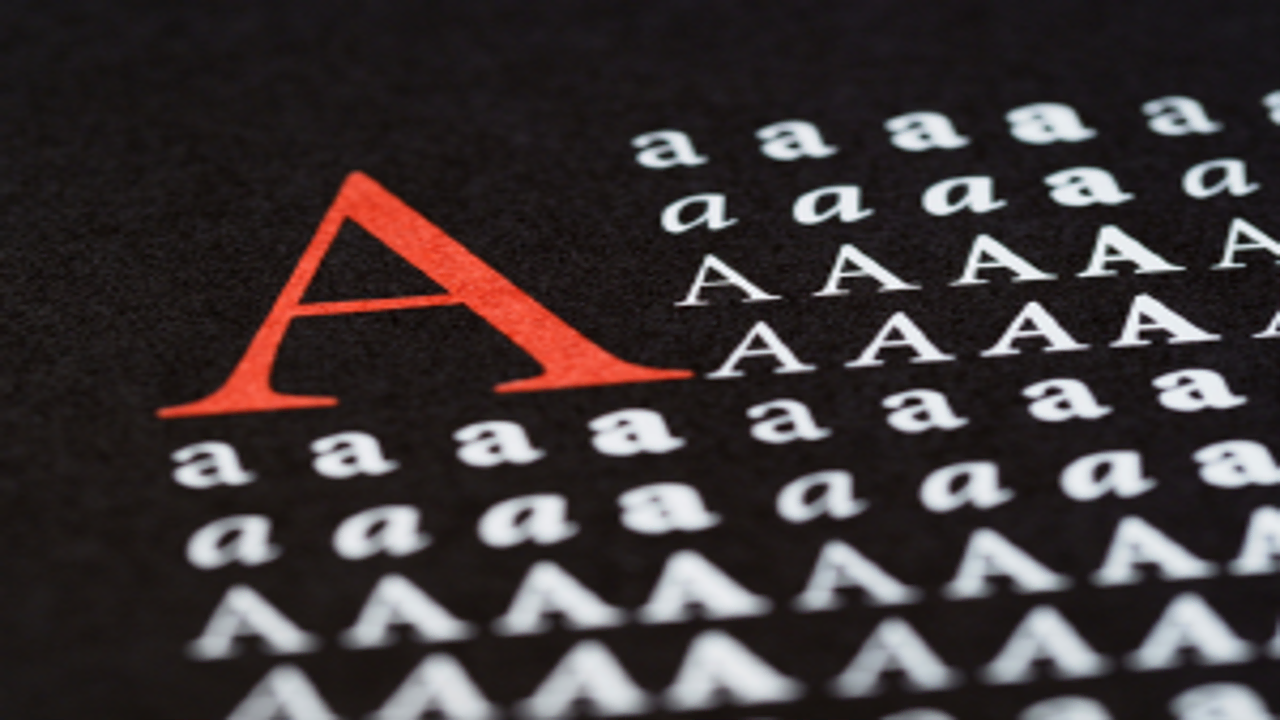A mind map is a visually structured way to summarize and organize your thoughts and information into a hierarchy. This method makes brainstorming, collecting information, recalling, and creating ideas easier.
In the 3rd century BCE, the philosopher Porphyry was said to be the godfather of mind mapping. However, it was in the late 1960s, a well-known British psychologist Tony Buzan made this method became more popular. His philosophy says mind mapping is the method that helps the brain synthesize and connect information effectively. The principle of mind mapping is so simple. Even if you are a newbie, you can get used to this method easily.
What is a Mind Map?
Mind mapping is an effective way to brainstorm thoughts and memorize information. Its principle is to write a single topic in the center, then break it down into tree-like branches. Each branch shows information arranged as subtopics. You can use texts, numbers, images, and colors to connect information systematically.

When to Use Mind Maps?
A mind map is a great help when you need to:
- Summarize information
- Present information in a creative and easy-to-follow way
- Memorize information
- Arrange complex problems
- Take notes
Since your mind map reflects everything about the central topic, you will have an overall look at it. Breaking a specific topic down into a hierarchy helps avoid forgetting something important.
People of any age or occupation can create mind maps. For example, mind maps are utilized in teamworking or presenting projects. Also, students can use this method to summarize their knowledge of each topic.
How to Make a Creative and Effective Mind Map?
To make a creative and effective mind map, follow these 4 steps:
- Begin with the central concept
- Choose a suitable mind-mapping method
- Add the keyword and branches
- Include visual elements
Step 1: Begin with the Central Concept
Firstly, you need to define the central concept you are going to explore. A mind map includes a single topic at the center of the page and supporting branches expanding outward. You should create a list of related keywords and then select one that covers the remaining content. That’s the central concept of the diagram.
Step 2: Choose a Suitable Mind-Mapping Method
There are two main ways to make a mind map: by hand or using mind mapping software.
Draw a Mind Map by Hand
By hand, you can use whatever to draw a mind map manually. For example, using pen and paper, sticky notes, whiteboard, etc. This manual approach is appropriate for most kinds of ages and occupations and is simple to design.

Pros:
- It’s flexible. You can make a mind map anytime and anywhere you want.
- This method is suitable for almost people, especially for newbies.
- It’s quick to write down any ideas coming to your mind.
Cons:
- It’s quite hard to add or remove content after completion.
- The layout of the mind map would be less eye-catching.
Make a Mind Map Using Software
To use mind mapping software, you need a device such as a laptop or tablet.
Pros:
- You can Insert images, colors, and even audio and video into your mind maps flexibly.
- There are several applications that support mind mapping such as Microsoft PowerPoint, Microsoft Word, etc. So you can take advantage of mind map templates to speed up your work.
- If you want to share your mind maps with others online, this method is good to go.
Cons:
- Using mind-mapping software requires computer skills.
- Any hardware problems on your computer may result in data loss.
Depending on your ability and preferences, you can choose a mind-mapping method that best suits your needs.
Step 3: Add the Keyword and Branches
Having different types such as tree, bubble, flow, or multi-flow, mind maps are composed of the 3 main parts, which are the main concept, branches, and supporting details.
Main Concept
The main concept is at the heart of the mind map. It should be highlighted with images or has a size and color different from other contents. You need to keep the main concept short and simple, capturing the essence of your message. Don’t use obscure words or images unrelated to the content.

Branches
After determining the central idea, begin to expand branches outward. Make sure you have enough space for expanding branches. The mind map is a kind of hierarchy diagram. The first branch is a supplement to the main topic. Then the first sub-branch is supplied to the first branch. Then, you create connections between the main concept, supporting branches, and sub-branches with lines or arrows to show their relationships.

Supporting Details
When you need to bring out clarity from the main topic to the branch, add supporting details. These words need to be short and easy to understand. Alternatively, you can replace the supporting details in words with symbols or acronyms.
Step 4: Include Visual Elements
In fact, visual elements help improve memory retention. Adding colors and images can make your mind map more appealing and easier to follow.

Make Your Mind Maps Highly Interactive
A mind map can be in the form of paper or digital. It would be great if your viewers can directly interact with the mind map. For example, clicking a branch will reveal a sub-branch. To get it done, we recommend ActivePresenter – an all-in-one eLearning authoring tool. You can make mind maps directly in ActivePresenter or even import PowerPoint mind maps into the app with a single click. Then with the system of flexible events and actions, you are able to make your mind maps highly interactive and control them the way you want.
Here is an illustration of an interactive mind map created in ActivePresenter:

Download the latest version of ActivePresenter and try it for free

Conclusion
Mind mapping is a visual method for organizing thoughts and ideas. To create a mind map, simply follow our step-by-step instructions. It aids in comprehending difficult material, brainstorming new ideas, and communicating more effectively. Keep mind maps concise, utilize short terms and abbreviations, and highlight with distinct colors and images. Mind mapping can be a helpful hand in achieving goals for work, education, or personal development. Try it and see how it works for you!



